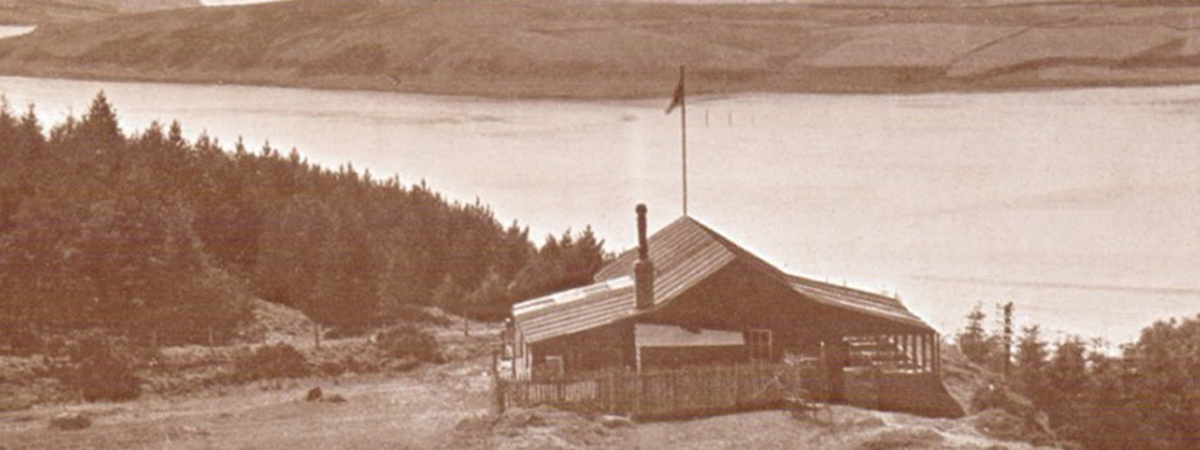
The Bonnie Blink Tea Room.
The Bonnie Blink was a wooden constructed tea room situated on a rock cliff directly overlooking the Haylie Brae and out towards Largs and the Firth of Clyde. It was located very close to the view point car park entrance on the Brae.Bonnie Blink was built in 1933 by Patrick Boyle the 8th Earl of Glasgow (1874 – 1963) for his two daughters to run as a tea room. He was the current 10th Earl of Glasgow’s grandfather. His two daughters were Lady Grizel Mary Boyle (Born 1913) and Lady Hersey Margaret Boyle (Born 1914).
Unfortunately Bonnie Blink tea room had a very short life and closed with the outbreak of the Second World War in 1937 as both Lady Grizel and Lady Boyle became involved in supporting the war effort and left the area. Left empty the Bonnie Blink became a store for motor cylces. In 1944 it was then used by a local family Doris and James Highet and their daughter Betty as a weekend and summer holiday home. Mr Highet was friends with Lord Glasgow’s Factor at the time. After 4 years the Highet family left and the building was again empty. We understand the building stood into the 1950s however we do not know if it was used for any propose. Mr Highet's daughter Betty does remember her father commenting on the poor rotten state of some of the buildings woodwork at the time of their stay. We can only assume with its exposed location high up in the hills it must have eventually succumbed to the Scottish weather.After the war Lady Hersey Margaret Boyle returned to live in the Largs area until passing away in 1993. Lady Grizel Mary Boyle died at sea after the ship she was travelling in ,the RMS Laconia, was torpedoed by a German U-boat off the coast of Africa in 1942. This attack was later known as the Laconia incident and was one of the most controversial incidents of the war. Read a full account of this incident at the bottom of this article.

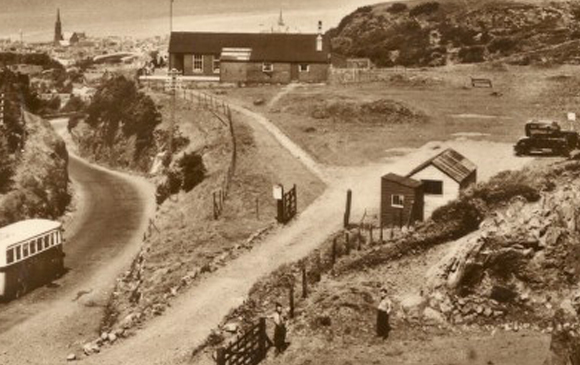
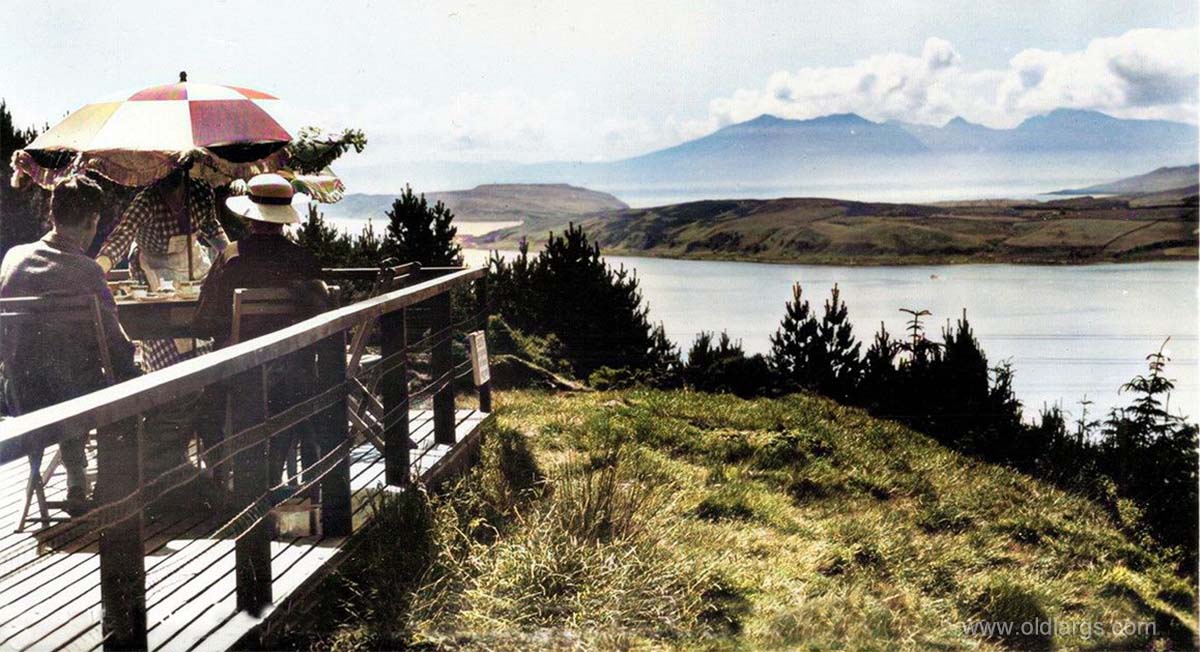
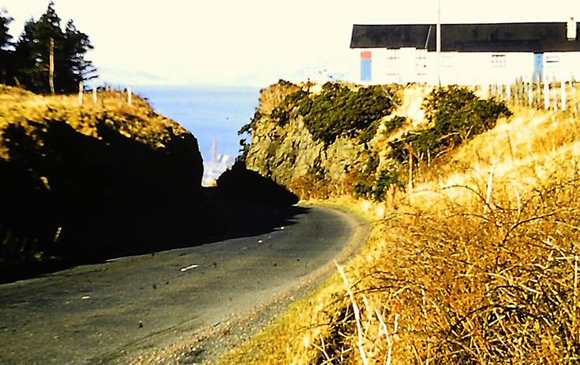
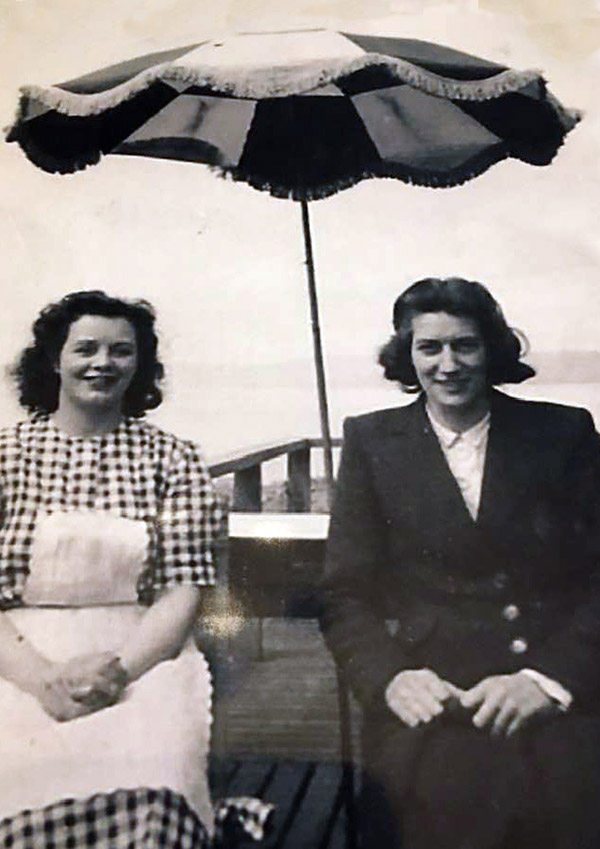
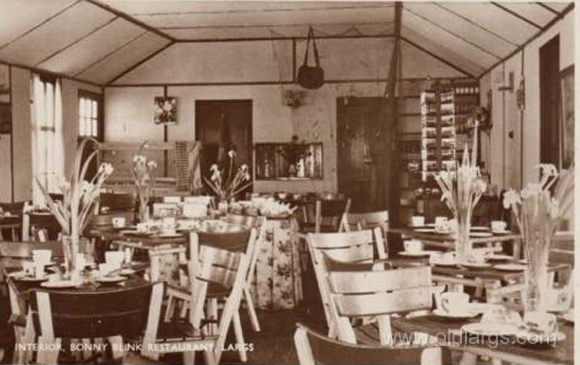
The bottom photo is a rare postcard showing the inside of the Bonnie Blink Tea Room. Cosy.
The following photos have been supplied by Janie Burns. They show various members of Janie's family at the Bonnie Blink, when they used to holiday there in the late 1940s.
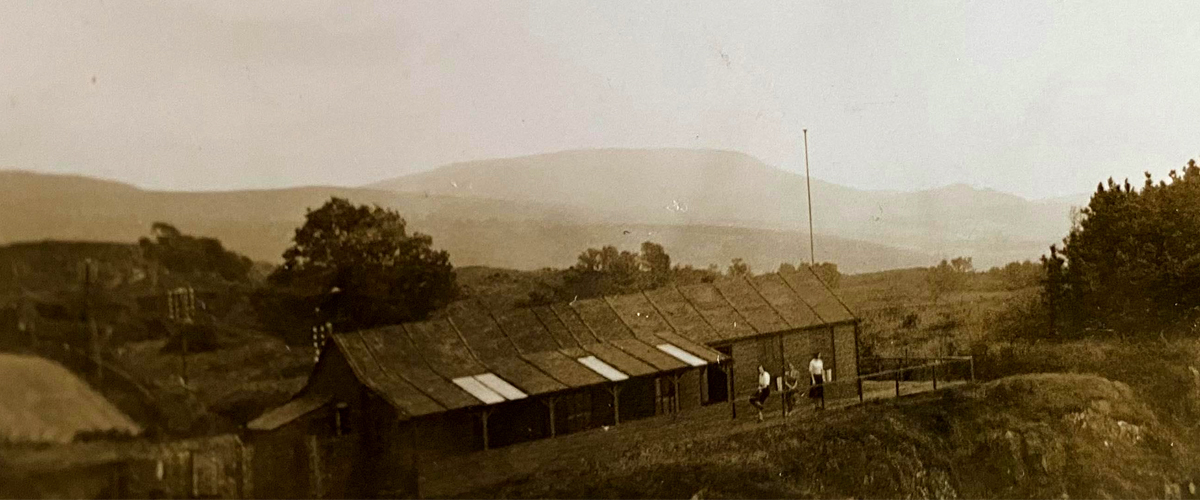
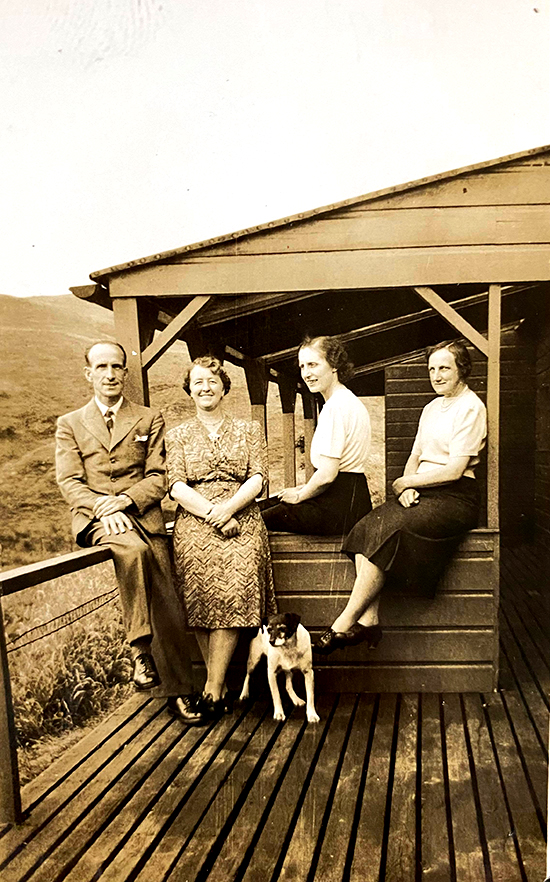
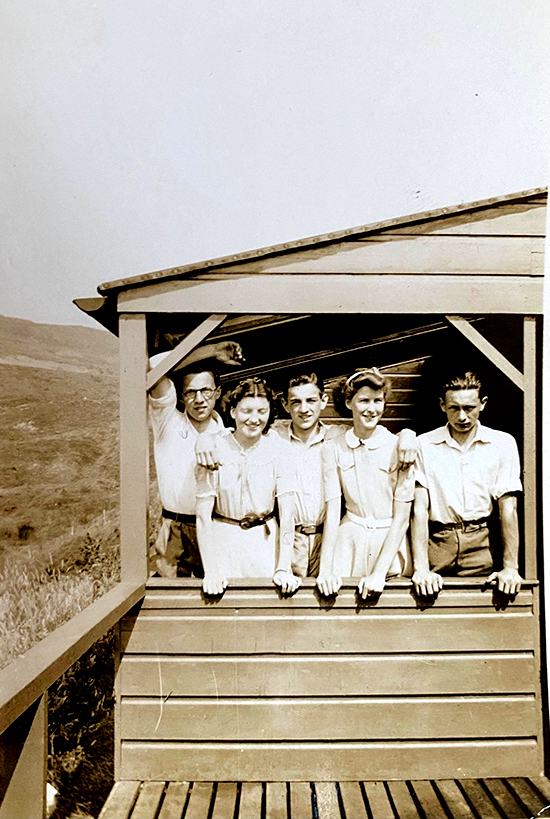
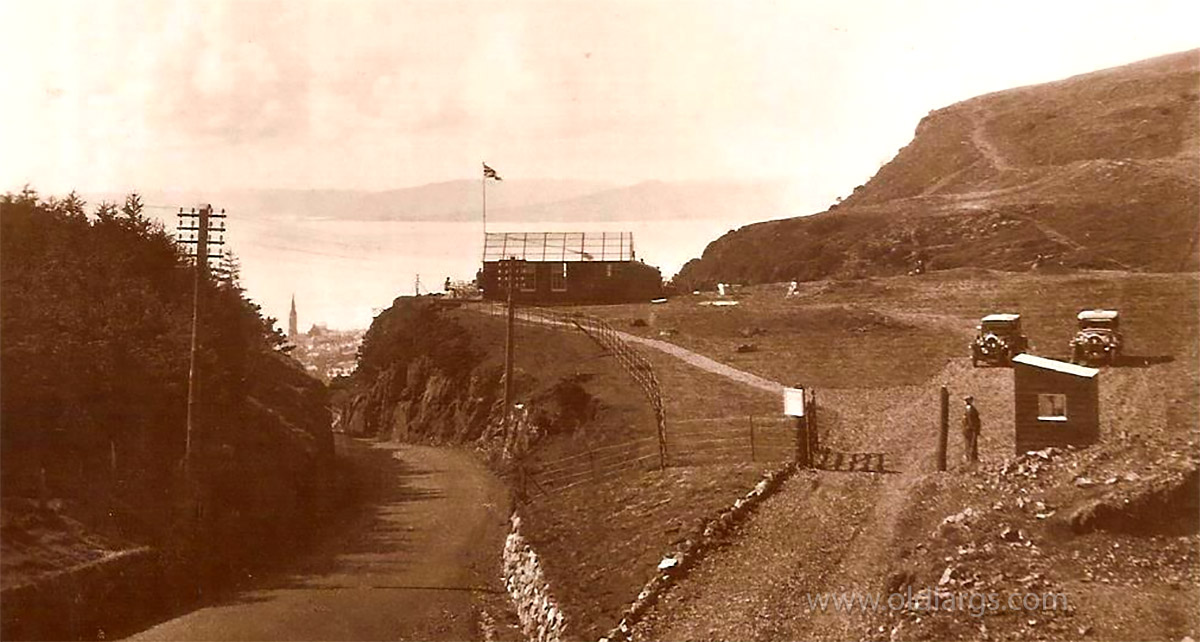
The tragic story of Bonnie Blinks Lady Grizel Mary Boyle
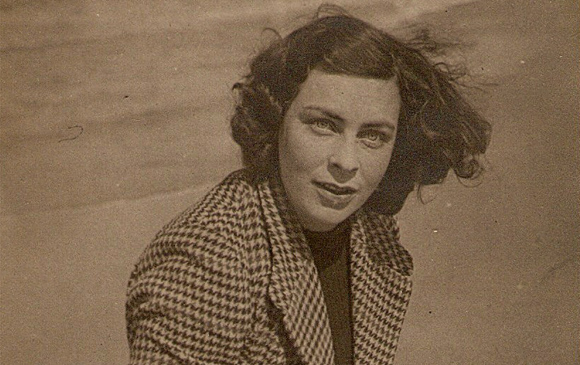
By autumn 1942 Lady Grizel Mary Boyle was called Lady Grizel Wolfe-Murray after marring Malcolm Victor Alexander Wolfe-Murray. She had left the Boyle Fairle estate and was staying her husband in Alexandra Egypt. She was 6 months pregnant with her thrid child. Lady Grizel had been working as a nurse in Alexandria until Rommels army guns had advanced to within gun range of the town. It was then that her husband had decided she should go home to have their baby in safety. She left Alexandra on the Lucania in September 1942 along with her friend Sister Doris Hawkins, a nursing missionary.
The ship made its way to Britain round Africa and at the beginning of September 1942 the boat had reached Cape Town. On board were 2,700 people, 1,800 Italian prisoners, 180 Polish guards troops 268 British soldiers and 80 civilians. On 12 September 1942, RMS Laconia under the command of Captain Rudolph Sharp was around 900 miles south of Freetown.The German U-boat, under the command of Captain Werner Hartenstein, fired two torpedoes into RMS Laconia, one at 8.07pm, the other 30 seconds later. Several hundred were killed instantly and when U-156 surfaced to capture the senior officers, Captain Werner Hartenstein realised that there were around 2,000 survivors in the water and most of them were Italian POWs. To his credit he immediately ordered a rescue operation. Due to the number of survivors he also called for assistance from other U-boats. In addition he broadcasted in English asking for for additional help from anyone in the area adding he would not attack any ship assisting.
Lady Grizel and Doris Hawkins survived the attack and had managed to climb onto a crowded life boat which eventually capsized and they both found themselves back in the water. They were in the water for over an hour before the U-156 picked them up. U-156 was soon crammed above and below decks with nearly 200 survivors and had another 200 in tow aboard four lifeboats. Again Hartenstein broadcast a message in English to all shipping in the area, giving his position, requesting assistance with the rescue effort, and promising not to attack. 156 remained on the surface at the scene for the next two and a half days. On 15 September, she was joined by U-506. At this point Doris Hakins and Lady Grizel found themselves back in the water. After an hours swim they both made it to the nearest lifeboat. The 30 foot life boat they climbed into already had 66 people on board. They were the only women. By then the life boat had drifted two far away from the other U-boat and rescue ships that had arrived on the scene. Over the next days the two women huddled together for warmth. The lifeboats limited provisions especially water were strictly rationed. After 27 days at sea without water Doris Hawkins later accounted that Lady Grizel simply faded away. On the 25th she thanked her friend for looking after her saying "We've had lots of fun". Her last words seem to have been repeating her home address before falling asleep. At 6 am on the 26th she passed away. Survivor Doctor Purslow held a little burial service as they lowered her into the water. As the days passed more survivors in the lifeboat perished. On the 8th October the lifeboat reached the coast of Liberia. The lifeboat had travelled over 700 miles. Just 16 survived from the original 68 survivors.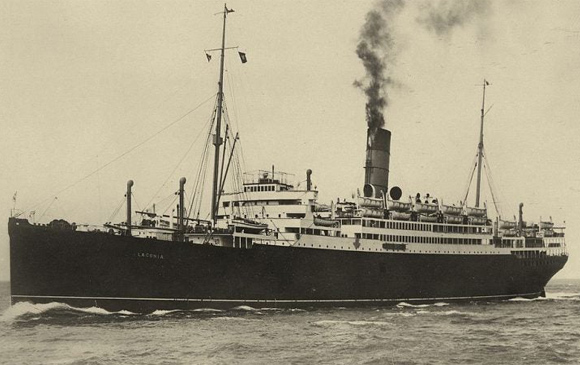
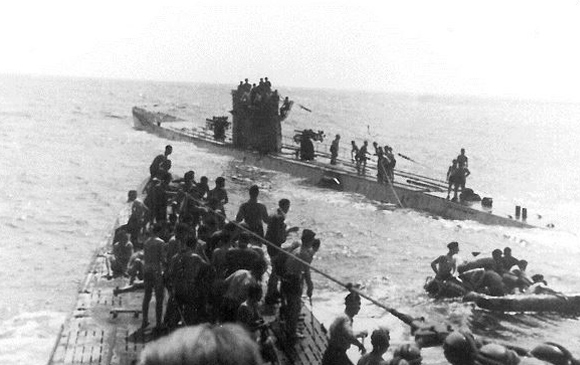
Captain Hartenstein was killed in action on March 8, 1943. He would be remembered showing great courage and humanity during the Laconia incident.
The pilot of the American plane was awarded a medal for sinking U-156. In fact he did not sink the U-Boat and only bombed a life boat with survivors. No enquiry or post war investigation was ever carried out by the Navy into the incident.Sister Doris Hawkins survived and wrote a book called Atlantic Torpedo about the incident. Her story was also told in a play called 'Now is the Hour' written in 2008 and performed at the Edinburgh Festival.
Lady Grizel Wolfe-Murray V.A.D is commemorated on the Fairlie War Memorial along with her brother, Captain the Hon. Patrick James Boyle, S.G. who died in 1946.At least three books have been published about the sinking of the Laconia and one TV move has been made. The books were. One Common Enemy. The Laconia Incident: A Survivor's Memoir By Jim McLoughlin. The Battle of The Atlantic By Andre Williams and The sinking of the laconia and the u-boat war Disaster in the Mid-Atlantic by James P Duffy. The TV movie was called The Sinking of the Laconia and is currently available free to watch on Youtube.
The Old Largs team would like to thank Janie Burns and her mum Elizabeth for their contributions towards this acticle.